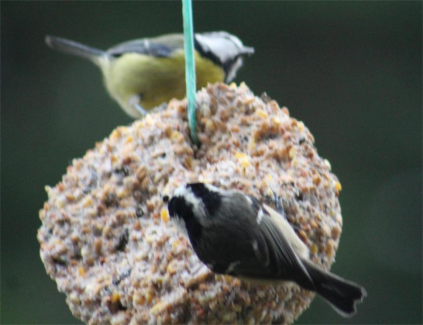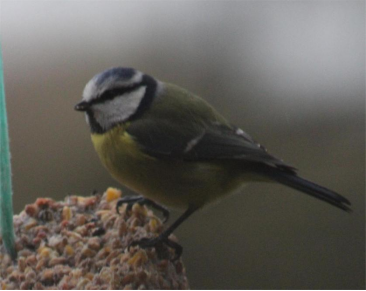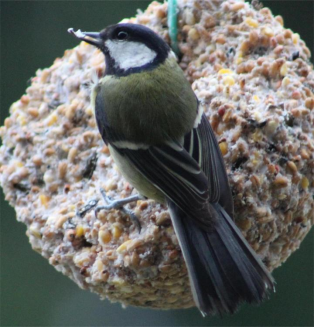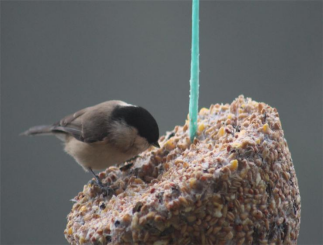in praise of titmice
In praise of titmice The CWCT AGM and Open Evening held in January was well attended, with the formal part of the meeting being followed by a very interesting illustrated talk by Harry Paget-Wilkes of the RSPB. The first part of his talk concentrated on the range of birds to be seen in local RSPB reserves and got me thinking of birds rather than trees for a change. As it was recently the Big Garden Bird Watch I thought I’d share some pictures of a range of titmice birds seen on a feeder near Curry Woods. The original name for these friendly, busy little birds was Titmase in old English, literally meaning small and bird. The word “ Mase” became obsolete and it morphed into mouse, probably the quick movements of these birds in the hedges and bushes reminded people of mice. Although it was still in use in the early 20th Century today we have dropped the name titmice and just call them tits - which strikes me as unfortunate as titmice is much more descriptive in my mind. In the US they are known as Chickadees, which is quite a good name based on their call. However here is a little 20th Century anecdote. As a member of the “Boomer” generation I am aware many of you youngsters who missed the Beatles the first time around think as a generation we thought nothing of the environment and in many ways you are right, but one thing we had sorted was milk delivery. From postwar until late in the century milk was delivered by electrically powered milk floats (vehicles) and it was in reusable bottles. This system is still available today but not always using electrically powered machines. So we had some green credentials but whats this to do with titmice? Well the blue and great members of the species soon worked out the full cream milk delivered overnight (and it was nearly always full cream) was very tasty and could easily be accessed by piercing the aluminium foil caps that covered the cream on top of the milk. This occurred so often that we all bought milk covers to spoil their fun but it actually made us admire the clever little birds and if we forgot the covers we cheerfully drank the contaminated milk and thought nothing of it. There was no hysterical outpourings of outrage or official warnings of birdflu spreading by contaminated milk as there would be today, probably because we actually tried to encourage birds to live with us and a little bit of thieving was admired. Today there are fewer bottles of milk on doorsteps and its often skimmed or semi-skimmed, which I suspect to a bird is not a lot better than water so tits have lost both their link to mice and to milk! Anyway I hope you enjoy the pictures of the Great, blue, coal and marsh titmice. I was unable to attract a flock of the lovely reddish brown longtail titmice but they are around in large flocks in the wood. The marsh titmouse is a new entry in Curry woods in recent years and this is the first year I have managed to get a picture of them. It is very difficult to separate marsh from willow titmice but I am reliably informed by experts that what I am showing are marsh titmice.
Blue tit top, coal tit below (notice white flash on the back of the head which is not on the marsh tit)

Blue tit

Great tit

marsh tit


